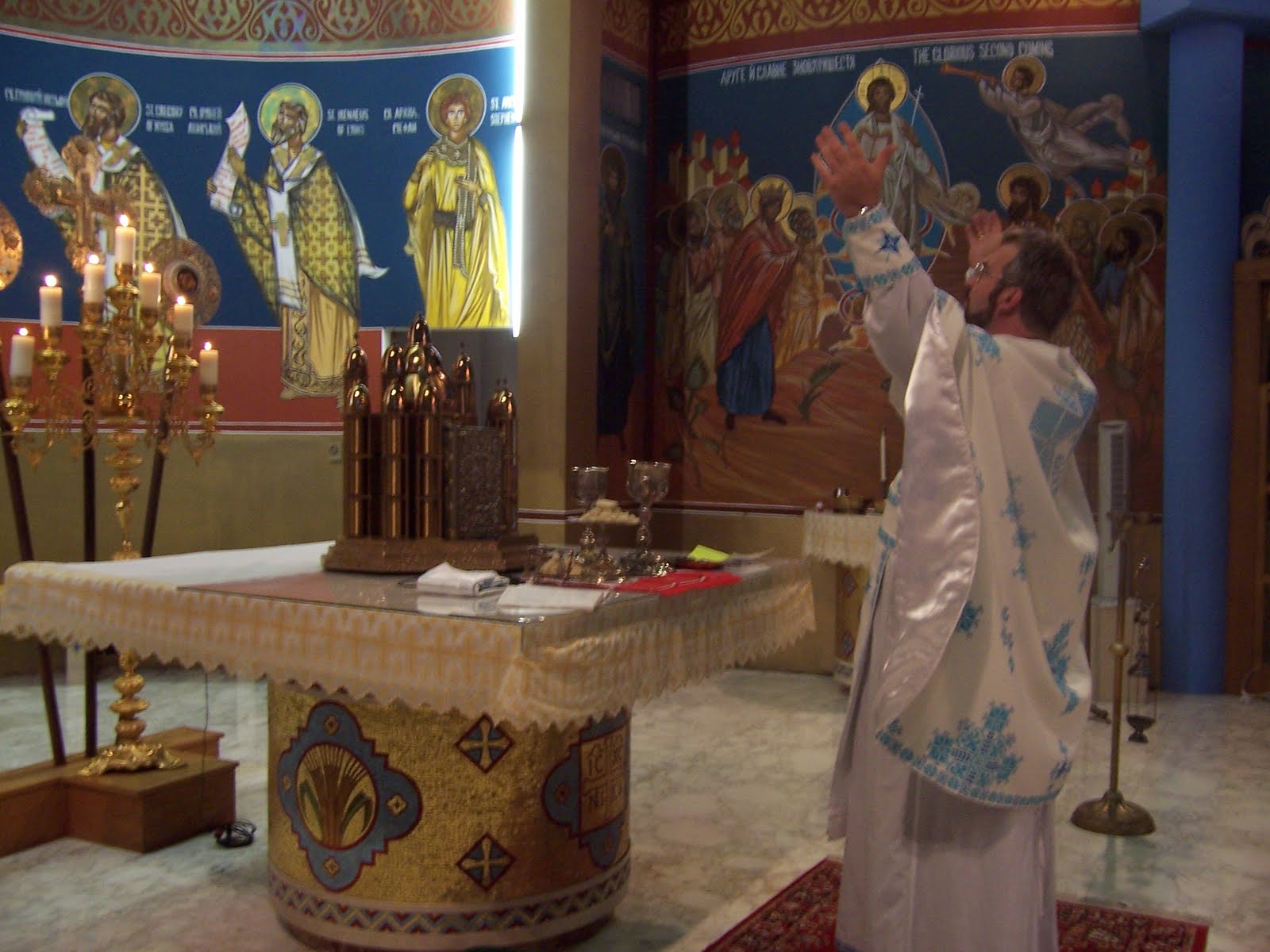Dangerous wives of priests? Not going there folks ...
 So what we have here is precisely the kind of editorial, op-ed, slanted, European-style, advocacy New York Times piece that makes many GetReligion readers spew their coffee and exclaim, "What in the %#@$%^ *&^$ is going on here? This is terrible! I can't wait to see what the GetReligion gang has to say about this!" The problem, of course, is that it isn't a news piece at all. It's an opinion piece.
So what we have here is precisely the kind of editorial, op-ed, slanted, European-style, advocacy New York Times piece that makes many GetReligion readers spew their coffee and exclaim, "What in the %#@$%^ *&^$ is going on here? This is terrible! I can't wait to see what the GetReligion gang has to say about this!" The problem, of course, is that it isn't a news piece at all. It's an opinion piece.
Thus, it's precisely the kind of piece that your GetReligionistas avoid writing about unless it directly addresses religion in the news or is about journalistic attitudes about religion and or religious people (in other words a piece of interest to professionals on the so-called Godbeat).
There is no shock or scandal when op-ed writers and guest columnists spout their opinions. It's important when they make mistakes, however.
But there are other journalistic issues involved in the publication of these kinds of pieces. For example, what if the newspaper dedicates a polemical, slanted, advocacy piece to a truly newsworthy subject that deserves serious, accurate, balanced coverage? What if -- because it's in the Times -- many readers nationwide assume that this advocacy piece is a complete statement on this particular issue?
What we have here is one such story and, well, here I am writing about why we are not going to write about it. Which means that I still feel driven to write about this essay by Sara Ritchey, who is an assistant professor of medieval European history at the University of Louisiana, Lafayette (an interesting academic source for a piece in the nation's most famous newspaper).
The headline on this highly editorial essay: "For Priests’ Wives, a Word of Caution." The subject is the long-awaited Vatican Personal Ordinariate that allows Anglican parishes and their married male priests to enter the Catholic Church. The purpose of the Times essay is to warn priest's wives that they are entering dangerous territory. Here's a sample:
While the early Christian church praised priestly chastity, it did not promulgate decisive legislation mandating priestly celibacy until the reform movement of the 11th century. At that point, the foremost purpose of priestly celibacy was to clearly distinguish and separate the priests from the laity, to elevate the status of the clergy. In this scheme, the mere presence of the priest’s wife confounded that goal, and thus she incurred the suspicion, and quite often the loathing, of parishioners and church reformers. You can’t help wondering what feelings she will inspire today.
By the time of the First Lateran Council, the priest’s wife had become a symbol of wantonness and defilement. The reason was that during this period the nature of the host consecrated at Mass received greater theological scrutiny. Medieval theologians were in the process of determining that bread and wine, at the moment of consecration in the hands of an ordained priest at the altar, truly became the body and blood of Jesus Christ. The priest who handled the body and blood of Christ should therefore be uncontaminated lest he defile the sacred corpus.
The priest’s wife was an obvious danger.
OK, let's stop right there -- since I am determined not to write about this op-ed piece.
However, an academic who is a regular GetReligion reader wrote your GetReligionistas to note:
Here I thought this would be by a real priest's wife (Orthodox, Protestant, Eastern Catholic) talking about how this was a difficult calling and no panacea.
In other words, he expected a Times op-ed written by someone who has been living -- for years or even decades -- in this allegedly dangerous liturgical territory. Also, there was this little problem in the text:
Here's a good one: "Medieval theologians were in the process of determining that bread and wine, at the moment of consecration in the hands of an ordained priest at the altar, truly became the body and blood of Jesus Christ."
Uh, maybe the precise Scholastic language of transubstantiation was evolving, but I'm pretty sure that small-o orthodox Christians were sold that the Eucharist is Christ's body and blood. Look up "anaphora" -- the ancient Liturgies were pretty emphatic.
Etc., etc. So what's my point? My main one is that important, powerful news organizations Times should produce serious, accurate, balanced news stories on serious topics such as this before they serve up incomplete opinion columns that allegedly cover the same ground.
Why not write news about serious issues and events in the news?
Unless, of course, the ultimate goal is not to produce news, but to produce something else. After all, this is a topic best described as a matter of culture, morality and religion. Does that place this subject (paging Bill Keller, paging Bill Keller) outside the boundaries of Times journalism these days?
Just asking.
PHOTO: An Eastern-Rite Catholic priest celebrates the Divine Liturgy.